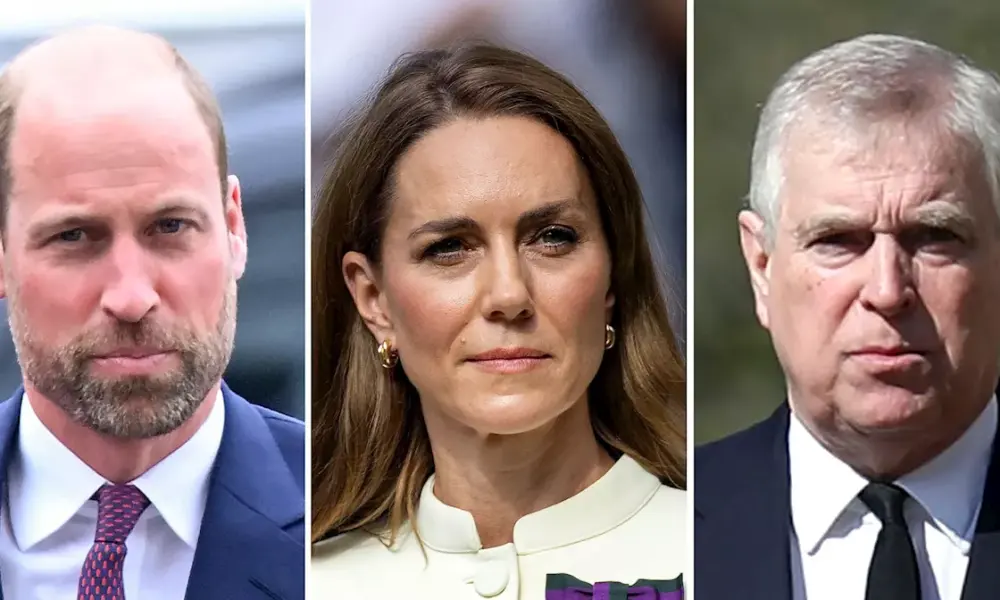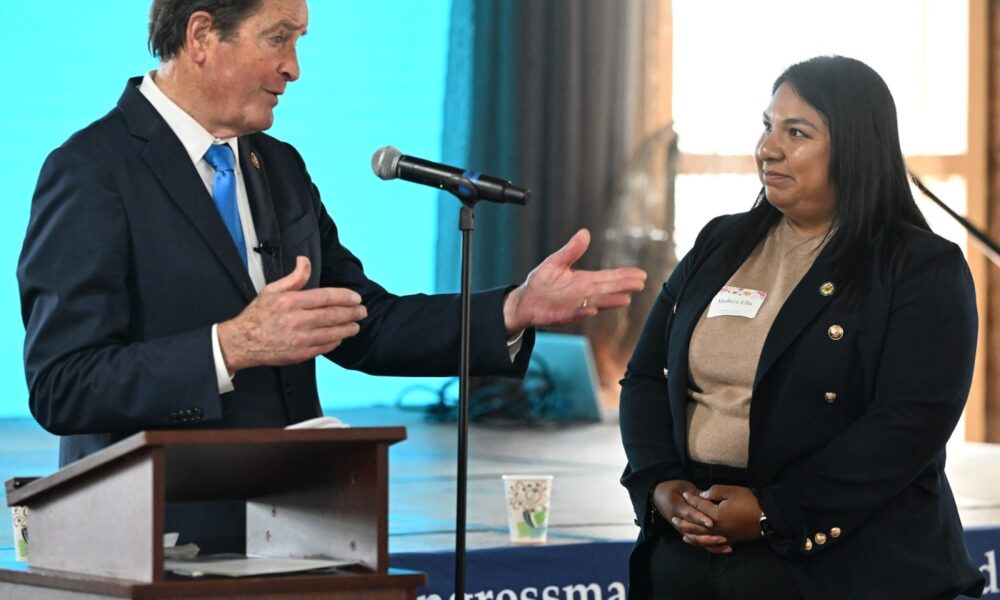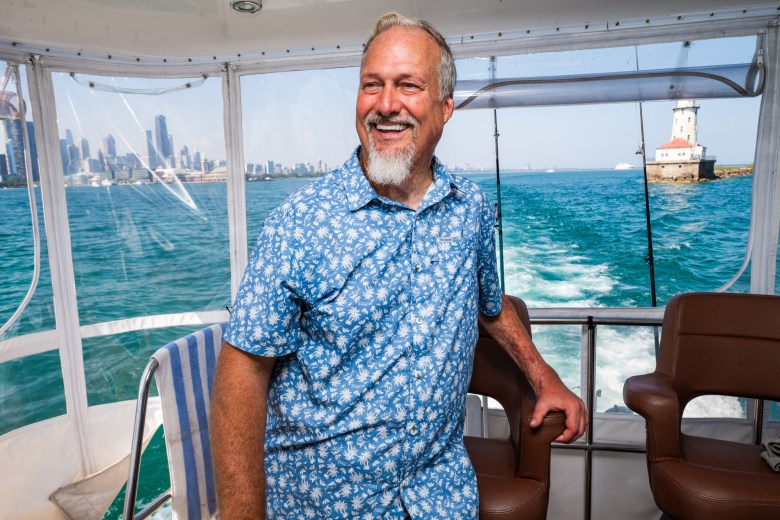Cañon City is poised for a significant advancement as local leaders propose a 2.25% excise tax on amusements and experiences. This tax is aimed primarily at tourists visiting the area and is designed to support community facilities, including the operation of local swimming pools. The proposal has garnered attention for its potential impact on both residents and visitors.
The excitement surrounding this initiative reflects the city’s ongoing transformation. Historic buildings are being restored, new businesses are emerging, and the community’s pride is palpable. The recent acquisition of the Skyline Steel property and plans to purchase the Black Hills property at First Street are crucial steps towards enhancing the riverfront area, connecting residents to the natural beauty of the Arkansas River.
Under the leadership of Superintendent Adam Hartman, the RE-1 School District is also seeing improvements, including state-of-the-art facilities and a commitment to hiring top educators. These investments demonstrate a dedication to the future of Cañon City’s youth.
As a long-time resident and owner of Royal Gorge Anglers, Taylor Edrington emphasizes the importance of water-based recreation. Edrington, who has been a river guide for over 20 years, believes that access to safe swimming facilities is essential for the community’s youth. “Our young people deserve opportunities to learn, play, and thrive in the water,” he stated.
The proposed excise tax is meant to ensure the continuation of these recreational facilities. Edrington argues that while a few local residents may be affected, the majority of the tax will be paid by visitors. He clarifies that the tax is not aimed specifically at the Royal Gorge Route Railroad but will be applied uniformly to all businesses offering recreational experiences within city limits.
Contrary to claims that the tax might hinder tourism, Edrington provides data showing that Colorado tourism has experienced growth of over 30% in the last decade, with a 3% increase projected for 2025. He asserts that the unique attractions of Cañon City, including world-class rafting and fishing, will continue to draw visitors regardless of the modest tax.
Addressing concerns about the railroad’s exemption status, Edrington notes that the 4-R Act of 1976 protects only public passenger lines, such as Amtrak. The Royal Gorge Route operates as a for-profit business and is therefore subject to the same tax as other tourist experiences in the area.
Edrington also points out that misinformation has been circulated by a small group, including Mark and Dawn Greksa of the Royal Gorge Route Railroad, who seek to protect their interests by instilling fear within the community. He urges residents to remain united and recognize the importance of investing in local facilities and future growth.
In conclusion, Edrington calls for community support for the 2B tax proposal, emphasizing its potential to enhance recreational and educational opportunities for residents. He believes that Cañon City is on an upward trajectory and that embracing this initiative will help sustain and build upon the community’s progress.







